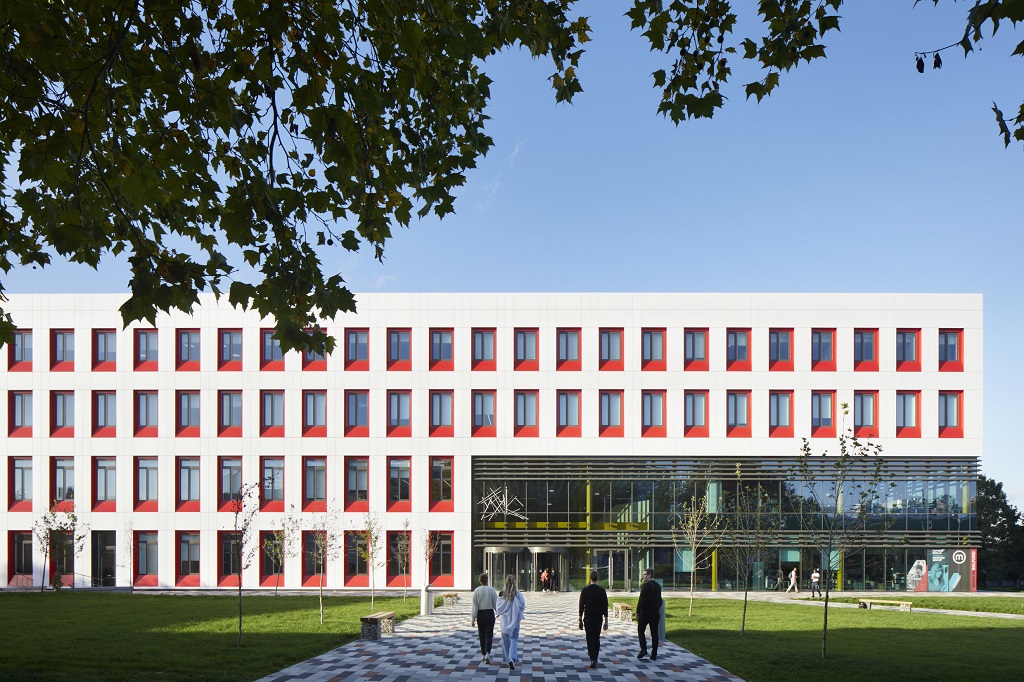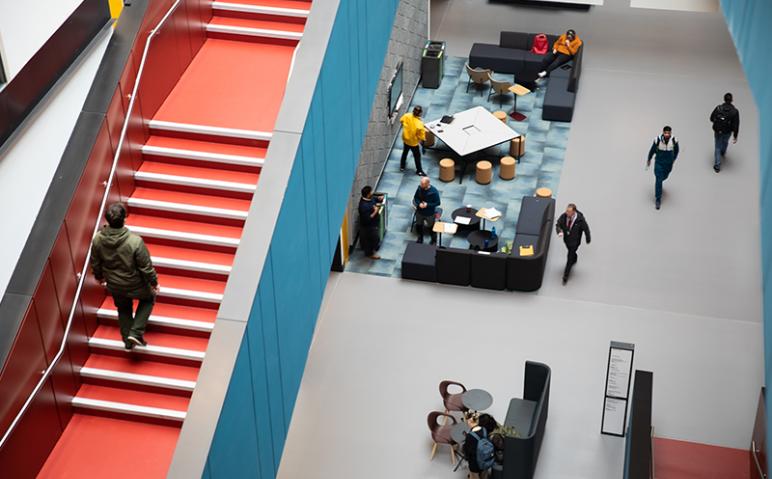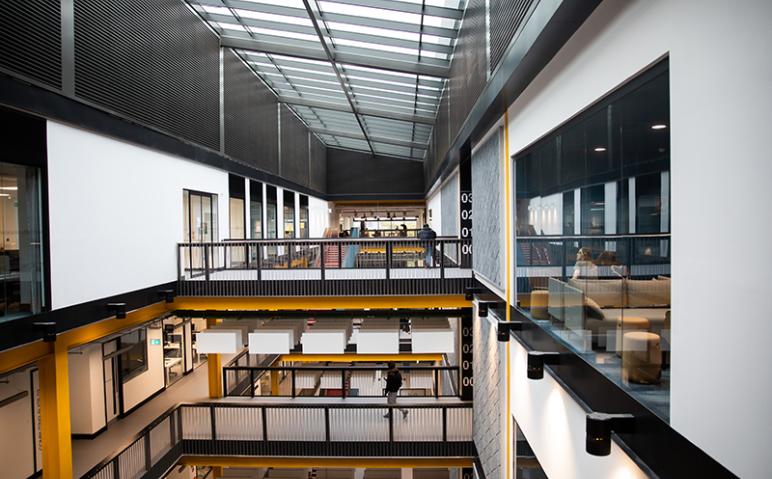
Salford University’s science and engineering building running solely on electricity from 154 solar panels has been nominated for a regional architecture award.
RIBA (The Royal Institute of British Architects) has released its 13-strong shortlist of buildings holding “regional importance”.
Winners will be announced later this spring after being judged by a local jury headed up by Citizens Design Bureau founder Katy Marks.
Ms Marks said: “This year’s shortlist reflects growing ambition to build a Northern Powerhouse. It’s also particularly heartening to see an investment in designing high-quality learning and healthcare environments, which deliver social and economic benefits for future generations.
“From the reinvention of a 200-year-old cotton mill into a residential community, to the sensitive retrofit of an iconic music hall which laid abandoned for years, these projects are underpinned by a desire to restore and celebrate the industrial character of the North and deliver buildings which enhance people’s lives.”

The School of Science, Engineering and Environment building represented a major investment for the university.
Designed by Sheppard Robson and delivered by Morgan Sindall Construction, the 15,300 sqm, four-storey design introduces specialist laboratories, design studios and collaborative spaces to the Peel Park campus.
From its inception in 2017, the building project successfully navigated the COVID-19 pandemic and opened in 2022.
Alex Solk, a partner at Sheppard Robson, said: “It’s been thrilling to see this building take shape. Our design houses an extraordinary range of spaces for invention, weaving together specialist facilities alongside areas for agile working.
“The building has been designed to express the School’s industrious and explorative spirit, with the flexible, all-electric building delivering on the sustainability targets that underpinned the design from the start.”

The project has brought together 12 different academic apartments under one roof. The SEE houses specialist laboratories, staff offices and contains flexible teaching environments and student collaboration zones.
If the SEE building is successful regionally, the project will be nominated for the coveted Stirling Prize which recognises the architects of the building that has made the greatest contribution to the evolution of architecture in the past year.















Recent Comments